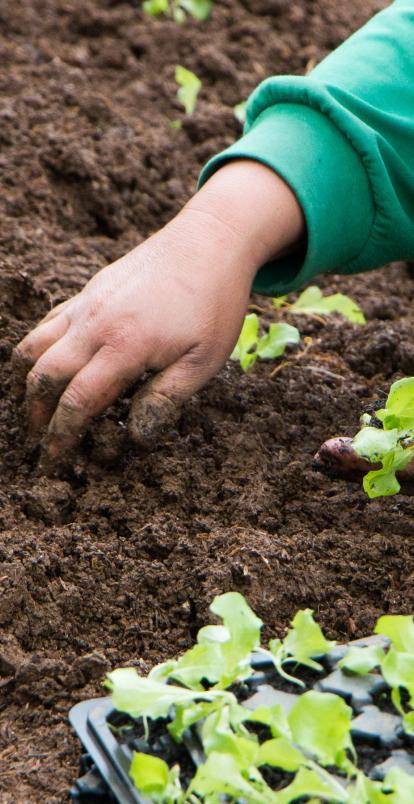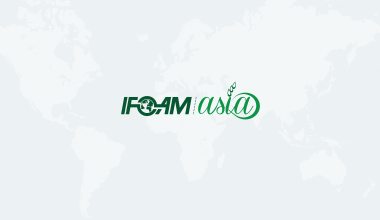Not only is Asia the world’s largest continent, 9% of global organic agricultural area is found there. Home to the world’s most diverse cultures, Asia not only has a rich biodiversity, but also boasts of a high potential of growth in organic. The organic area increased by 25% in just a year (between 2016 to 2017), and continues to do so presently.
China has the largest organic agricultural land (3 million hectares) in Asia, and it is followed by India, which also happens to be the country with the most organic producers in the world (835,200). Arable crops such as rice, wheat, cotton and oil seeds and permanent crops like tea and nuts contribute the most to the organic production in Asia. This is no surprise seeing as both types of crops contribute to the highest percentage of organic land use, with arable crops accounting for 45% of organic agricultural area and permanent crops accounting for 13%.
After the Organic World Congress in 2011, the South Korean organic movement decided to establish a regional body and in 2012, IFOAM Asia was founded. With over 270 members in 22 countries, IFOAM Asia aims to improve the life and conditions of its members while restoring nature’s balance.
It does this through its 3 main activities: the Asian Local Governments for Organic Agriculture (ALGOA), the Organic Youth Forum, and the Organic Asia Congress (OAC). ALGOA is the most successful project of IFOAM Asia. It consists of a training program on organic agriculture called the Organic Foundation Course (OFC), that has witnessed the training of over 100 people.

Visit our Membership Directory to Meet our Members in Asia
Our members are diversified, from Delhi to Seoul we are represented by NGOs, companies, farmers’ organizations, universities, governments and certification bodies.



